News Beat
News Beat reporting is an idrw.org initiative to let our Readers to report News Based on Actual facts but some how has not been reported in Main Stream Media .
SOURCE: RAUNAK KUNDE / NEWS BEAT / IDRW.ORG
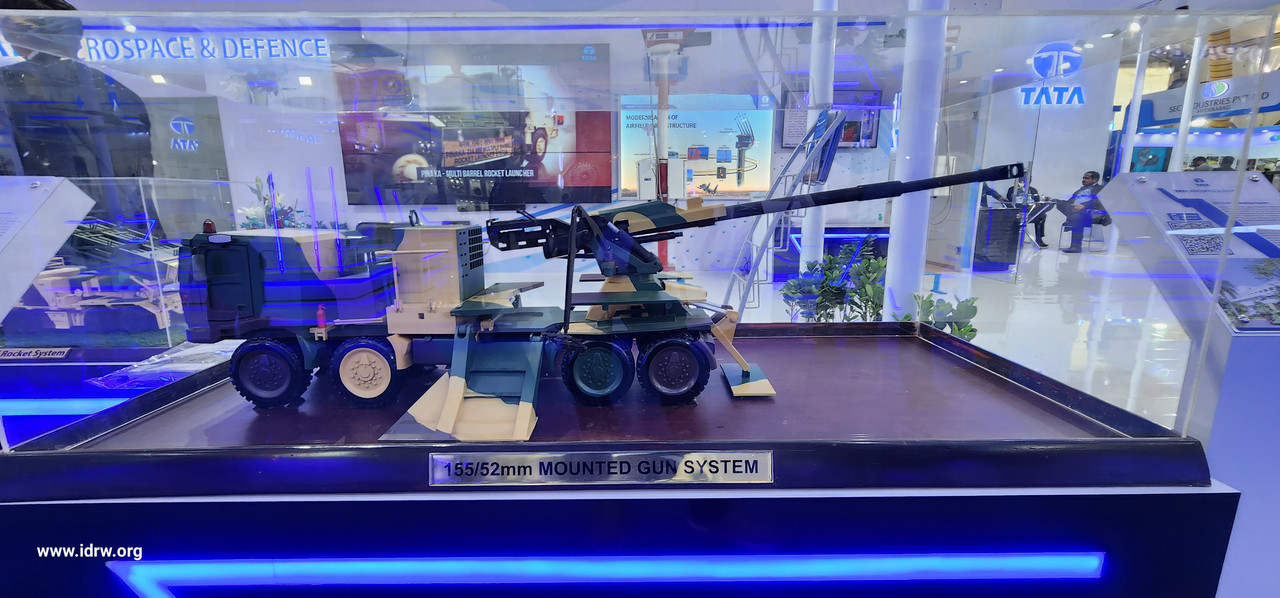
Tata Advanced Systems has thrown its hat into the ring for the Indian Army’s requirement of 814 Mounted Gun Systems (MGS) by offering its own 155mm/52 calibre mounted gun system. This move adds another contender to the competition, potentially heating the race for this major defence contract.
Tata’s offering differs from the Advanced Towed Artillery Gun System (ATAGS) being jointly developed by DRDO and Kalyani Strategic Systems. Instead of basing its system on the ATAGS, Tata’s gun draws inspiration from Denel’s 155mm T5-52 Self-Propelled Howitzer. However, it will be mounted on a locally developed Tata 8×8 high-mobility vehicle.
Continue readingSOURCE: RAUNAK KUNDE / NEWS BEAT / IDRW.ORG
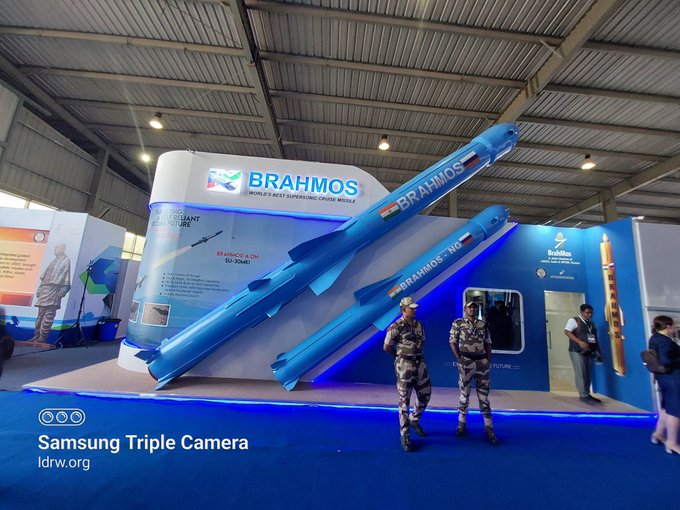
Get ready for the next evolution of supersonic destruction! DRDO’s BrahMos Corporation is revving up development on the BrahMos-NG (Next Generation) missile, promising a multi-platform powerhouse with enhanced capabilities across air, land, and sea.
Leading the charge is the Air Launched Cruise Missile (ALCM) variant, poised to arm India’s fighter jets – LCA-Tejas Mk1A, Tejas MkII, Su-30MKI, and Mig-29K. Imagine the agility and firepower these platforms will gain, unleashing deadly strikes from beyond enemy radar range.
Continue readingSOURCE: RAUNAK KUNDE / NEWS BEAT / IDRW.ORG
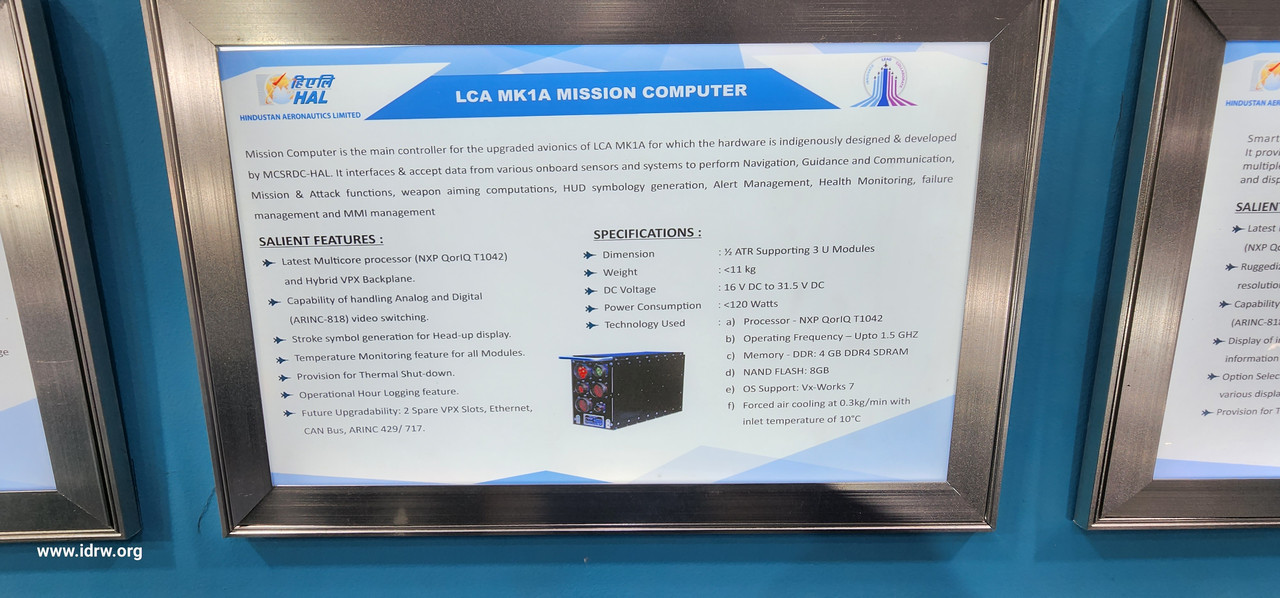
In a significant development for India’s indigenous fighter jet program, the Light Combat Aircraft (LCA) Tejas Mk1A has been outfitted with a state-of-the-art Mission Computer, marking a milestone in the country’s defense aviation sector. Prominent defense reporter Anantha Krishnan M has reported that the LCA Tejas SP, equipped with the LCA MK1A Mission Computer, is scheduled for its maiden flight next week, signaling a leap forward in India’s technological prowess in the field of avionics.
The LCA Tejas Mk1A, renowned for its agility, maneuverability, and combat capabilities, will now incorporate the advanced Mission Computer, a pivotal component designed to orchestrate the aircraft’s upgraded avionics suite. Developed indigenously by MCSRDC-HAL, the Mission Computer serves as the nerve center of the LCA Mk1A, interfacing with a myriad of onboard sensors and systems to execute critical functions ranging from navigation and guidance to communication and weapon aiming computations.
Continue readingSOURCE: RAUNAK KUNDE / NEWS BEAT / IDRW.ORG

The Indian Air Force (IAF) is taking decisive steps to modernize its transport fleet, with Chief of the Air Staff Air Chief Marshal V.R. Chaudhari confirming plans for replacing ageing aircraft like the AN-32 and IL-76.
Chaudhari highlighted the crucial role of modern transport aircraft in contemporary warfare, stating, “We are looking at replacing our AN-32 and IL-76 fleets promptly.” The AN-32, a mainstay for decades, has served its purpose, but its limitations in payload capacity and range restrict the IAF’s operational flexibility. Similarly, the IL-76, approaching 40 years of service, requires a capable successor.
Continue readingSOURCE: RAUNAK KUNDE / NEWS BEAT / IDRW.ORG
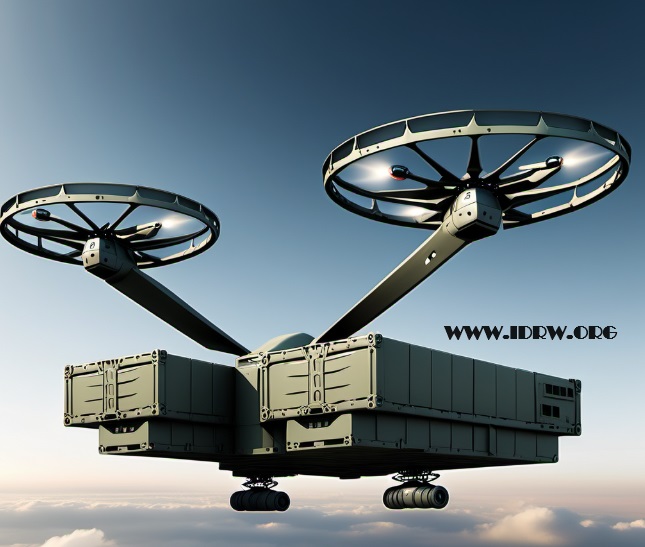
The Indian Army is soaring into the future of logistics with the induction of powerful cargo drones, revolutionizing the way supplies reach troops in even the most challenging terrain. These unmanned aerial vehicles (UAVs) are not just toys, but capable workhorses, lifting payloads ranging from 20kg to 100kg, significantly easing the burden on traditional transport methods.
But the Army’s ambition doesn’t stop there. Plans are already in motion to further expand cargo capabilities, with talks underway with private sector companies for the development of Vertical Take-Off and Landing (VTOL) Cargo UAVs. These behemoths will be game-changers, capable of hauling a whopping 300-500kg of cargo over distances of 400-500km.
Continue readingSOURCE: RAUNAK KUNDE / NEWS BEAT / IDRW.ORG
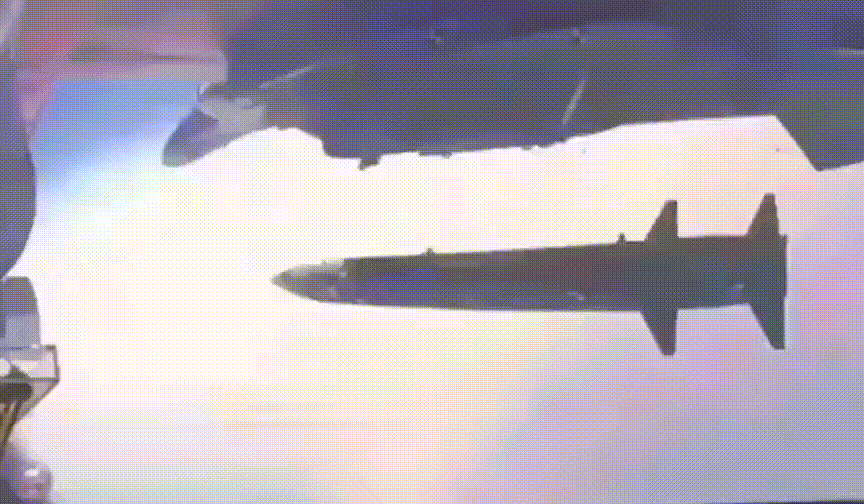
Last year marked a significant milestone for India’s defense capabilities as Dr. Samir V Kamat, Chairman of DRDO, confirmed the commencement of flight trials for the Rudram-II Air to Surface (A2S) missile. With a formidable range of 300 kilometers, the Rudram-II represents a cutting-edge addition to the nation’s arsenal. Recently, a video showcasing the developmental testing of the Rudram-II from the Su-30MKI was prominently featured in a promotional video by the Indian Air Force (IAF), underscoring the missile’s pivotal role in enhancing the country’s air superiority.
One of the standout features of the Rudram-II is its versatility, offering two distinct variants tailored to address specific operational requirements. The first variant serves as an anti-radiation missile (ARM), equipped with a PHH-IIR Seeker engineered to neutralize radar installations with unparalleled accuracy. This capability significantly enhances the IAF’s ability to suppress enemy air defenses and establish aerial dominance in contested airspace. Meanwhile, the second variant of the Rudram-II functions as a formidable Ground Attack missile, featuring an IIR Seeker optimized for targeting airstrips, bunkers, and aircraft hangars. This dual functionality further bolsters the IAF’s strategic capabilities and ensures flexibility in mission planning and execution.
Continue readingSOURCE: RAUNAK KUNDE / NEWS BEAT / IDRW.ORG

The Indian Air Force’s combat power faces a potential gap, prompting urgent calls for an interim solution while its ambitious indigenous fighter program, the Advanced Medium Combat Aircraft (AMCA), takes flight. Air Chief Marshal V.R. Chaudhari, in a recent interview, sounded the alarm about depleting combat assets and the crucial need for the Multi-Role Fighter Aircraft (MRFA) program to fill the void.
“We are aware that projects like AMCA take time and resources to fructify,” acknowledged Chaudhari. “However, given our not-so-friendly neighborhood, it is important that the strength of our combat assets is not depleted further.” This blunt statement underscores the urgency of the situation, with India surrounded by strategic challenges and an ageing fighter fleet nearing retirement.
Continue readingSOURCE: RAUNAK KUNDE / NEWS BEAT / IDRW.ORG
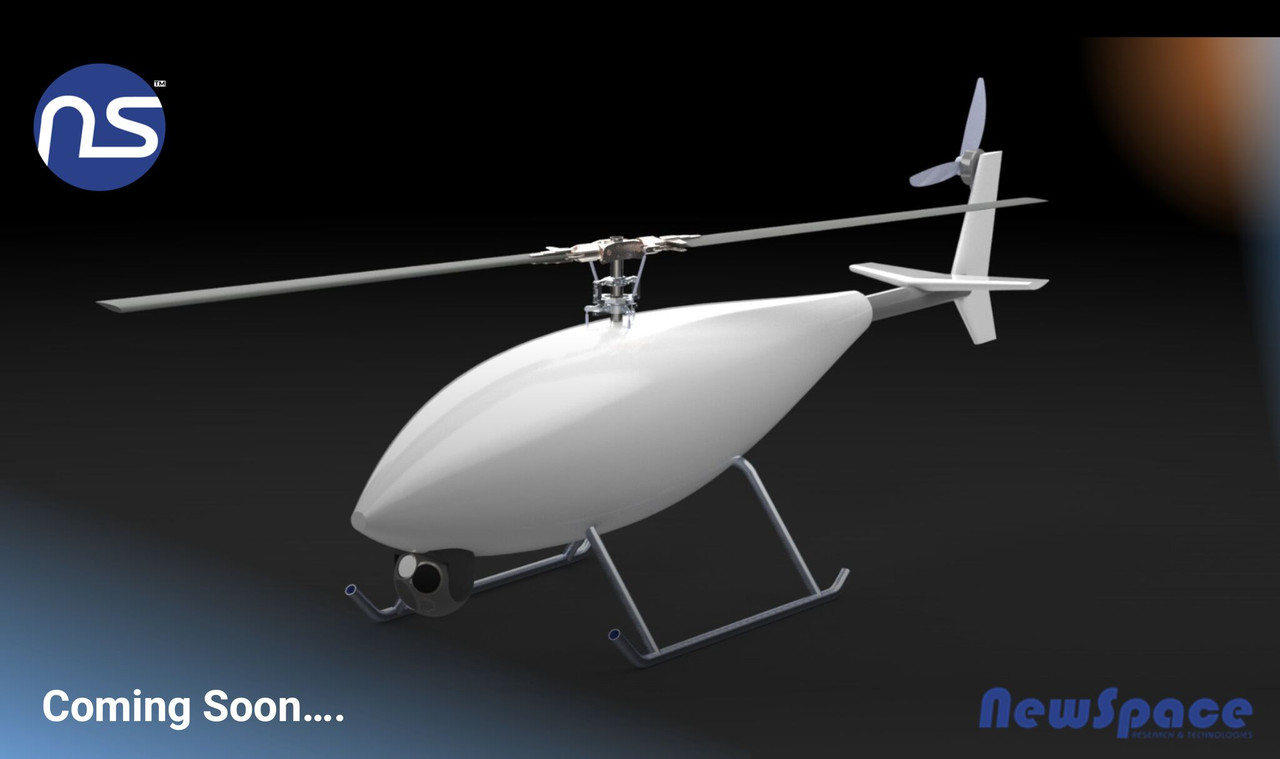
Bangalore’s NewSpace Research and Technologies, a rising star in the Indian private defense sector, has piqued the industry’s interest with a glimpse of its latest creation: a Small Rotary Tactical UAV (Unmanned Aerial Vehicle). While details remain under wraps, the image sparks speculation about its capabilities and potential applications.
The image showcases a compact, rotary-wing design, likely utilizing a multirotor configuration for Vertical Take-Off and Landing (VTOL) capabilities. This suggests agility and maneuverability, crucial for operating in tight spaces or complex environments. Additionally, the presence of an EO/IR camera payload hints at the UAV’s ability to conduct day-night surveillance and reconnaissance missions.
Continue readingSOURCE: RAUNAK KUNDE / NEWS BEAT / IDRW.ORG
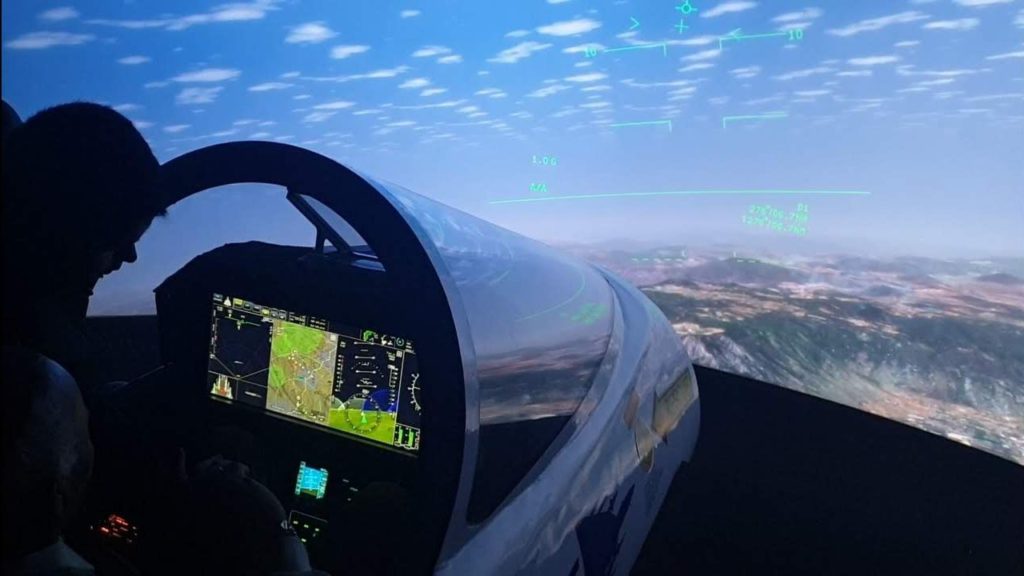
India’s pursuit of indigenous fighter jet prowess continues, with the Indian Air Force (IAF) and Hindustan Aeronautics Limited (HAL) in talks for additional Light Combat Aircraft (LCA) Tejas Mk1A fighters. This comes on top of the 83 Mk1A jets already ordered in 2021, showcasing the growing confidence in the aircraft’s capabilities.
The IAF is reportedly interested in procuring 97 more Mk1A jets, bolstering its fighter fleet with this domestically built platform. While the IAF seeks no major design changes for this second batch, HAL is proposing minor upgrades based on ongoing refinement of the aircraft.
Continue readingSOURCE: RAUNAK KUNDE / NEWS BEAT / IDRW.ORG

The Indian aviation landscape is set for a revolution as Airbus and Tata Advanced Systems Limited (TASL) join hands to establish a Final Assembly Line (FAL) for helicopters within the country. This collaborative venture marks a significant step towards India’s self-reliance in helicopter manufacturing, with the iconic Airbus H125 taking centre stage.
The H125, Airbus’ best-selling single-engine helicopter, boasts immense popularity across diverse sectors. From private ownership and aerial tourism to emergency medical services and military operations, the H125’s versatility has earned it a global reputation. Over a dozen countries rely on the H125 for their armed forces, making its India-based production a compelling proposition.
Continue readingSOURCE: RAUNAK KUNDE / NEWS BEAT / IDRW.ORG
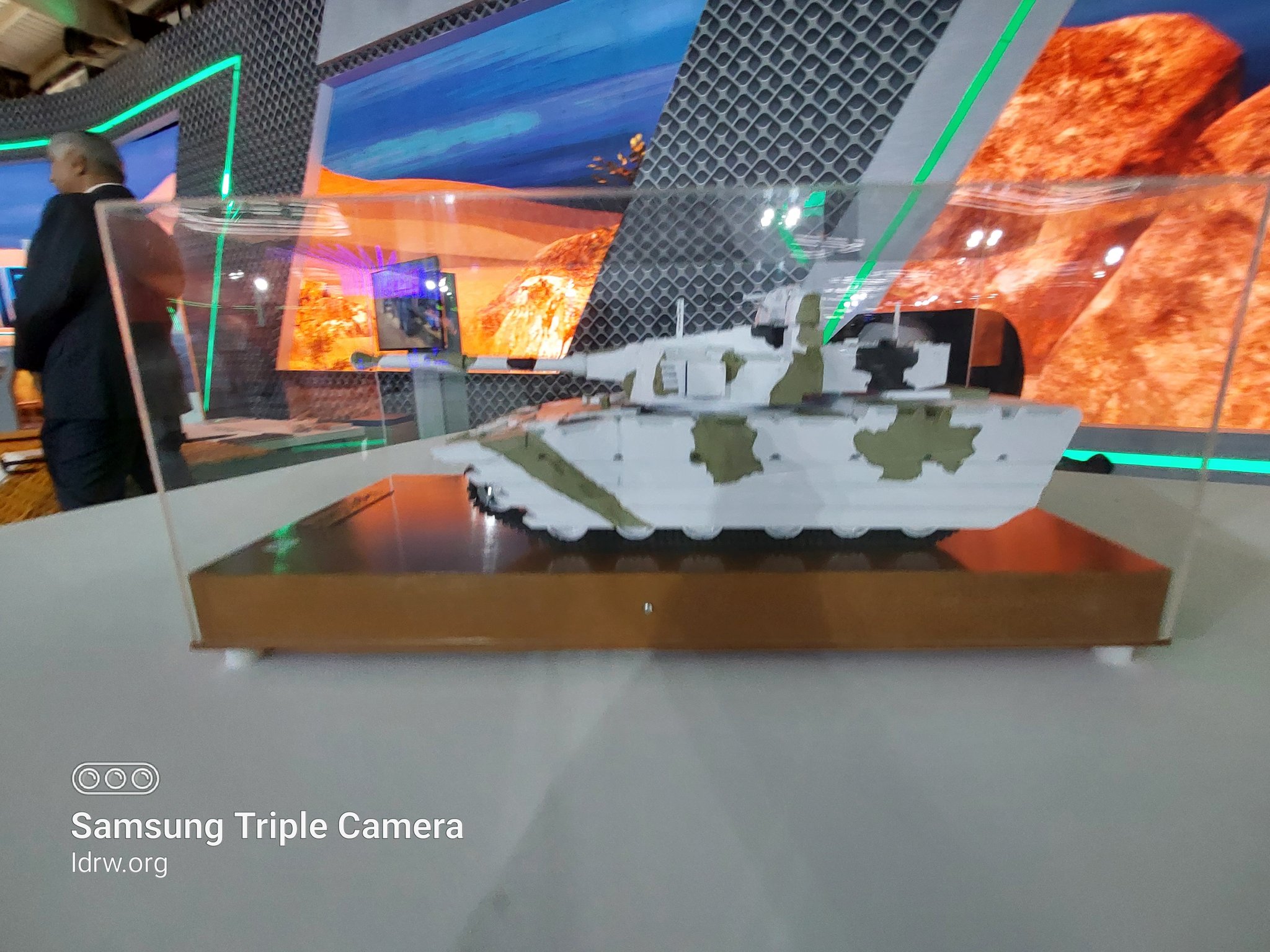
India’s quest for indigenous defence solutions takes a crucial step forward as the 25-ton Light Tank embarks on internal developmental trials at the L&T facility. This potent and agile platform, developed in collaboration with Larsen & Toubro (L&T), promises to bolster India’s military capabilities, particularly in challenging high-altitude terrains.
The current internal trials at L&T mark a crucial stage in the Light Tank’s development. These rigorous tests will assess the vehicle’s performance in various aspects, from mobility and firepower to crew comfort and survivability. The success of these trials is vital for handing over the tank to the Indian Army for further evaluation in April.
Continue readingSOURCE: RAUNAK KUNDE / NEWS BEAT / IDRW.ORG

A shadow of uncertainty hangs over the highly anticipated deal for 31 MQ-9A Sea Guardian and Sky Guardian drones between India and the US, with reports suggesting a potential Congressional block due to alleged Indian involvement in attempts to harm CIA assets and a pro-Khalistani extremist. While both sides officially maintain that the deal is not yet formally suspended, the whispers of blockage raise significant questions and concerns.
According to sources, the US Congress might have put the brakes on the drone deal, citing India’s alleged connection to threats against American personnel and a known extremist. However, Sources close to the deal offer conflicting reports. While “The Wire” reports a Congressional blockade, others suggest no official notification has reached India. This ambiguity fuels speculation about the deal’s fate and the true nature of US concerns.
Continue readingSOURCE: RAUNAK KUNDE / NEWS BEAT / IDRW.ORG

Africa’s skies are abuzz with the roar of fighter jets, and at the heart of the action is Nigeria, caught in a fascinating duel between India’s Tejas Mk1A and China’s JF-17. This contest for Nigeria’s favour transcends mere aircraft sales; it’s a strategic tango with far-reaching implications for regional dynamics and global power plays.
Nigeria’s Air Force (NAF) seeks a replacement for its ageing fleet of Chinese-supplied Chengdu F-7s, copies of the MiG-21. They need a versatile platform, a potent successor to tackle security threats and assert regional influence. Enter the Tejas Mk1A and JF-17, both vying for this lucrative contract.
Continue readingSOURCE: RAUNAK KUNDE / NEWS BEAT / IDRW.ORG

The Indian Air Force (IAF) is spreading its wings wider, aiming to bolster its capabilities with crucial “force enablers” like Airborne Warning and Control Systems (AWACS) and aerial tankers. In a recent interview, Air Chief Marshal VR Choudhary emphasized the importance of these platforms in maintaining and enhancing the IAF’s operational prowess.
“Force enablers like AWACS and Tankers have to be inducted in required numbers so that capabilities are not degraded,” declared Choudhary, echoing the IAF’s commitment to acquiring and nurturing these vital assets. His words resonate with the understanding that AWACS and tanker aircraft provide critical aerial support, extending the reach and effectiveness of frontline fighter jets.
Continue readingSOURCE: RAUNAK KUNDE / NEWS BEAT / IDRW.ORG
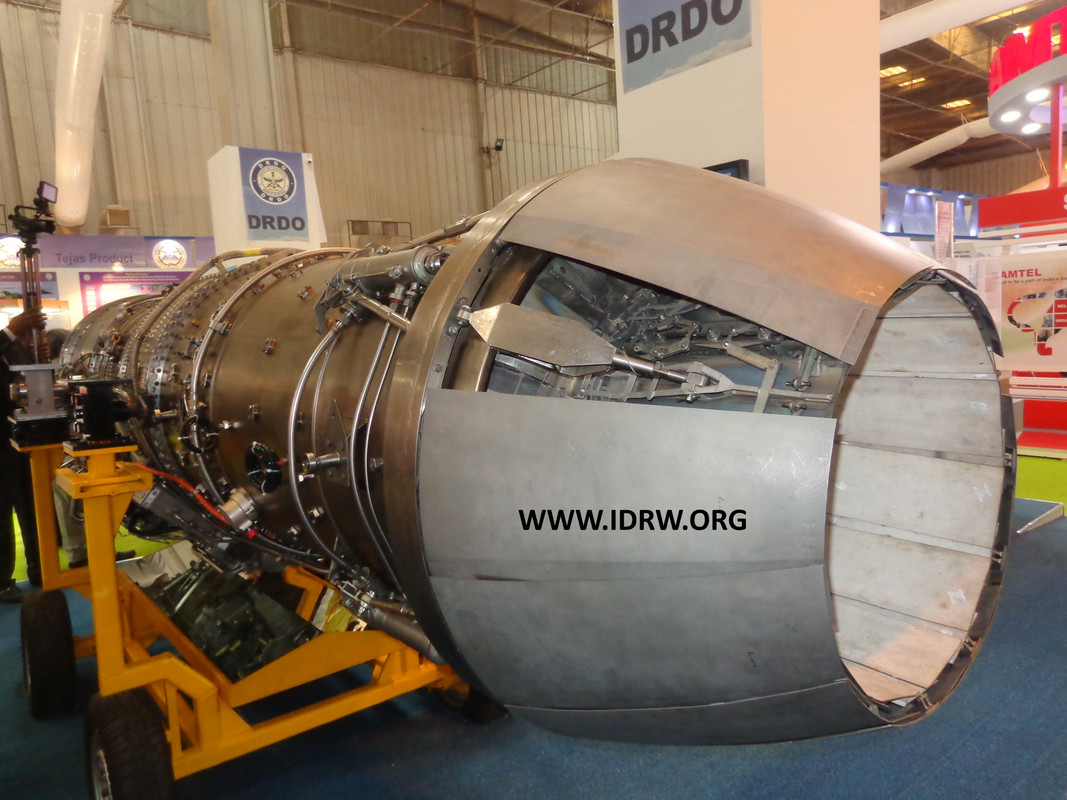
Air Chief Marshal VR Choudhary, in a recent interview, expressed optimism about the upcoming local production of the F414-GE-INS6 engine, a powerful turbofan capable of propelling next-generation fighter jets.
“We are confident that the development of a local engine in a class of F414-GE-INS6 will happen,” declared Choudhary, his words echoing the IAF’s commitment to reducing dependence on imports for critical aeronautical technologies. This marks a significant shift in India’s defence strategy, paving the way for a future where the country builds its engines to power its military aircraft.
Continue reading